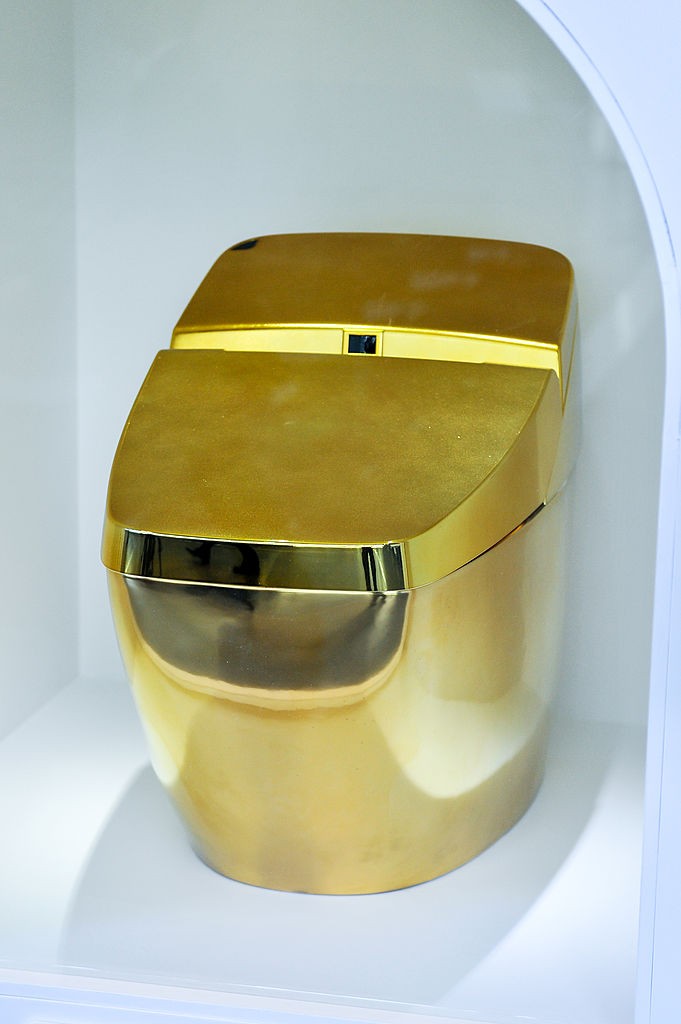There was significant change in preference of Chinese tourists for souvenir items purchased overseas for those who went outside the country to celebrate the Lunar New Year. The most noticeable is that fewer Chinese travelers purchased high-tech toilet seats from Japan as they did in 2015.
Instead, a lot of the estimated 6 million Chinese who traveled during the Spring Festival break bought smaller items, but still for bathroom room use. However, they bought this year toiletries instead of commodes, reported The Wall Street Journal.
China Tourism Academy and Ctrip, a travel booking site, estimated the Lunar New Year spending of Chinese tourists at 90 billion yuan, slightly lower than the 1.2 trillion yuan in 2015, based on figures from the Chinese Ministry of Commerce.
By country of destination, the items that Chinese travelers usually bought in Japan are Okamoto condoms, sanitary napkins and Suwada nail clippers. The condom, known for being super-thin, were purchased in bulk by Chinese tourists, contributing to the 78 percent rise in Okamoto’s shareprices year over year.
For those who went to the U.S., top buys include clothing from known expensive brands such as Calvin Klein, Tommy Hilfiger and Abercrombie & Fitch, confirming a previous report that affluent Chinese are one of the top buyers of luxury items when abroad. Also popular souvenir buys from the U.S. are Clinique products and GNC products. The popularity of GNC, especially its protein powder, is because more Chinese now are working out at the gym.
Among Chinese tourists who went to South Korea, items bought include honey-buttered almond, instant noodles that are chewier and thicker compared to Chinese noodles and the Ryo damage-repair shampoo for dyed hair, indicating how popular hair dyeing is among Chinese.
But it was not just Chinese abroad who were busy swiping their credit and debit cards during the Spring Festival. UnionPay said on Sunday that 307 million transactions were made in mainland China during the weeklong-holiday totaling 321.1 billion yuan, reported The South China Morning Post. Despite the economic slowdown in China, the data indicated a 31 percent increase in domestic spending during the one-week Lunar New Year holiday compared to 2015.



























